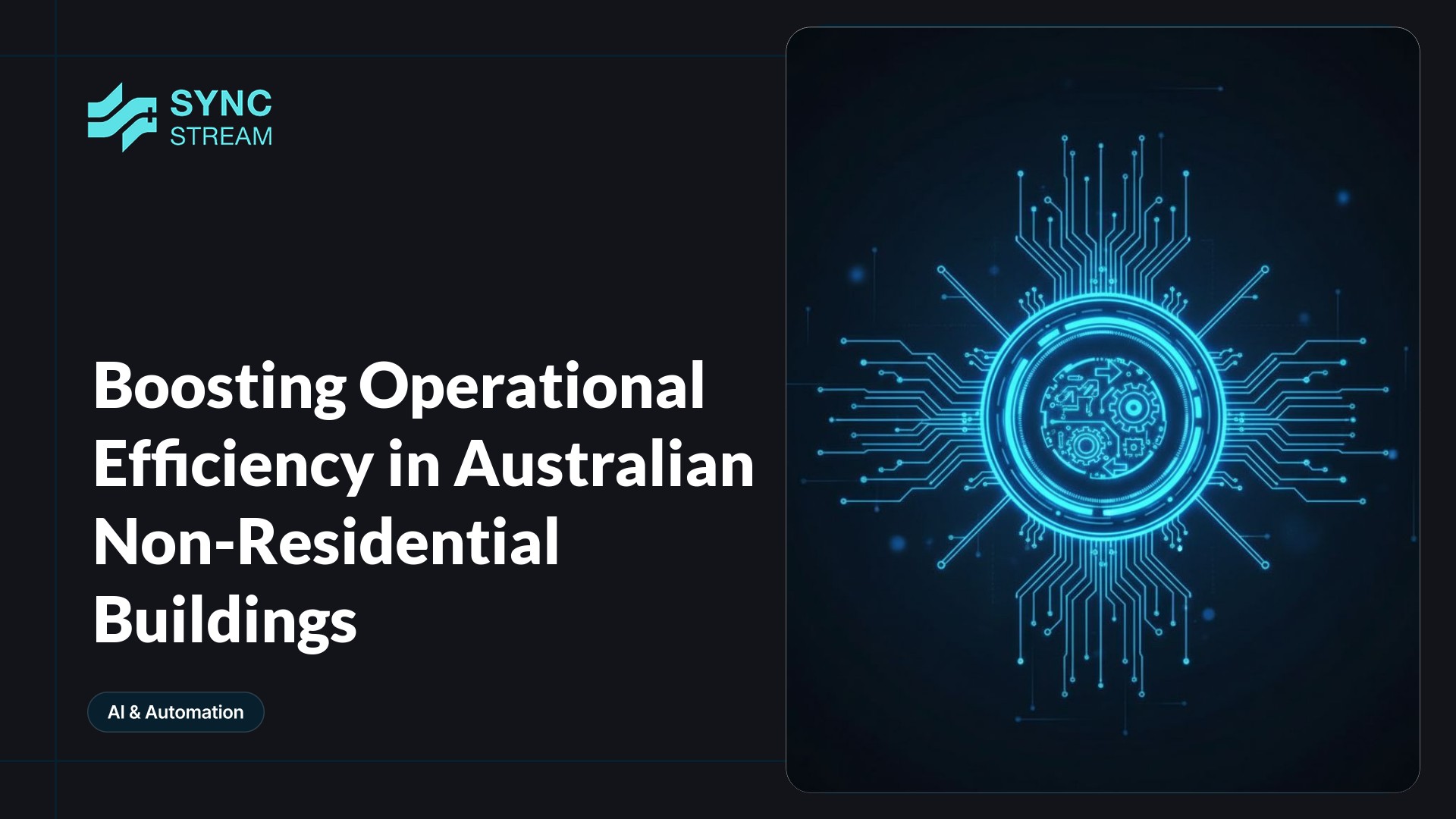
Operational Efficiency with AI & Automation in Non-Residential Building
In the sprawling landscape of Australia's construction industry, the non-residential building sector stands as a powerhouse. It's a sector driven by vast projects and complex demands, yet one that often grapples with inefficiencies inherent to manual processes. Enter AI and automation. These are not just buzzwords; they are the driving forces that have the potential to significantly enhance operational efficiency in the industry, allowing businesses to save on costs and improve project timelines.
Streamlining Construction Management
What we have found is that project management in non-residential building can often become a cumbersome process. Coordinating various teams, managing schedules, and tracking the progress of numerous activities can lead to logistical nightmares. With AI-driven platforms, however, these tasks become significantly streamlined. These systems can analyse enormous datasets quickly, offering insights that were previously unattainable. Predictive analytics can enable project managers to foresee potential delays and adjust schedules in real-time, ensuring that projects remain on track without bottlenecks.
Enhancing Safety Protocols
Safety is a top priority in the construction industry, with new regulations and standards being regularly updated. AI and automation cater wonderfully to this need by providing real-time monitoring and data analysis, ensuring compliance and safety standards are met consistently. We know that by using AI-powered surveillance, businesses can automatically detect and alert workers to potential hazards on-site, reducing accidents and improving safety records. Such advancements not only benefit the workforce but also enhance the operational efficiency of any building project.
Optimising Inventory and Supply Chains
The non-residential building sector heavily relies on the timely delivery and efficient management of materials. A delay or excess can disrupt entire schedules leading to increased costs. AI solutions offer the capability to accurately forecast inventory requirements based on historical data and current project needs. Inventory systems powered by AI can dynamically adjust orders to ensure that supply chains are operating at their most efficient, thus avoiding both shortages and surpluses.
Improving Energy Efficiency
Australia is committed to sustainability and energy efficiency, and the construction industry is no exception. AI and automation can now be used to design buildings that are not only structurally sound but also energy efficient. Smart systems can manage heating, ventilation, and air conditioning (HVAC) more effectively by learning the usage patterns and adjusting settings to conserve energy. Projects can incorporate automated systems from the onset, aiding in meeting stringent energy efficiency standards and contributing positively to environmental goals.
Reducing Costs Through Automation
Cost is always a concern in non-residential building projects. Labour costs, material wastage, and time overruns can quickly erode profit margins. Automation helps mitigate these issues by introducing efficient processes that reduce manual errors and streamline operations. For instance, robotic equipment can perform repetitive tasks more rapidly and accurately than human workers, allowing the workforce to focus on more complex and value-added activities. By automating routine tasks, operators realize significant reductions in both time taken and costs incurred.
Enhancing Client Relationships
What we have discovered is that client expectations are evolving. They demand transparency and regular updates on project progress. AI-driven dashboards provide clients with real-time access to vital project information, enhancing trust and satisfaction. Automated communications keep everyone informed and engaged without adding extra workload to the project management team.
Conclusion: Embracing the Future of Construction
As the non-residential building sector in Australia continues to grow, integrating AI and automation isn't merely an option—it's a necessity. By embracing these technologies, businesses can unlock unprecedented levels of efficiency and innovation, positioning themselves as leaders in an increasingly competitive market. We believe that operational efficiency through AI and automation is not just a trend but the cornerstone of future-proofing the non-residential building industry. It's time to leverage these tools and pave the way for smarter, more efficient construction.
